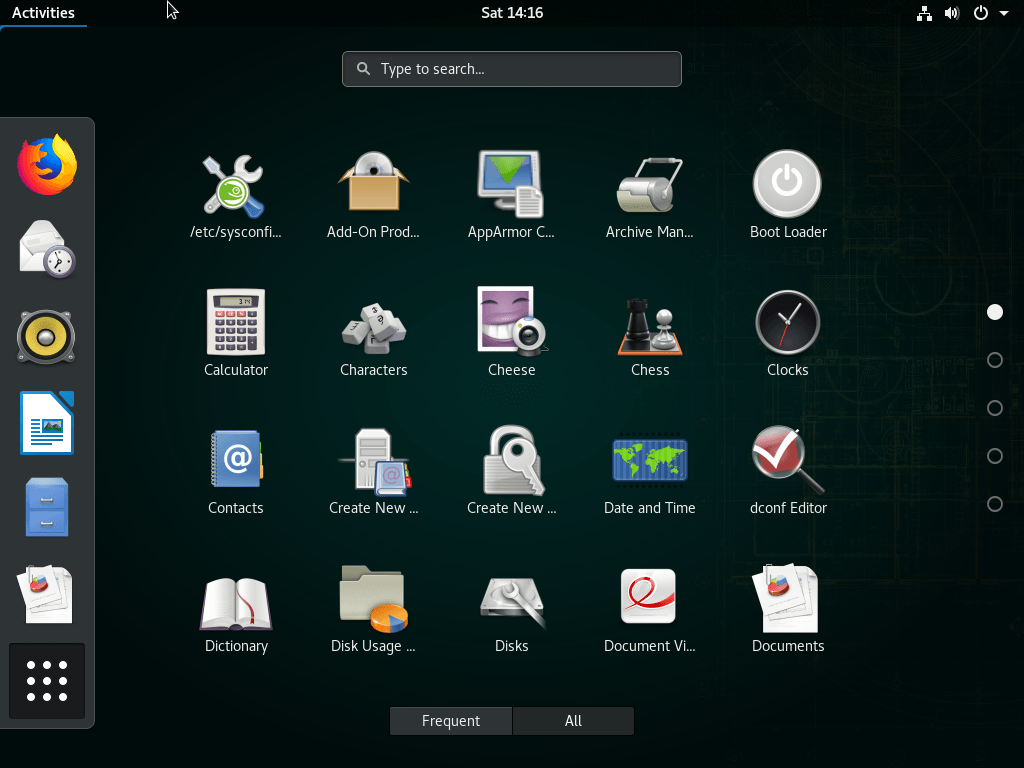

Key in “y” to create the $HOME/Mail directory. To launch NeoMutt, key in the following command on the Linux terminal: $ neomutt $ sudo cp flatcap-neomutt-epel-8.repo /etc//įor Debian, Ubuntu, and Linux Mint systems: $ sudo apt updateįor Arch Linux and Manjaro systems: $ sudo pacman -Syįor openSUSE Leap and Tumbleweed systems: $ sudo zypper refresh
Open suse leap download how to#
The following instructions will guide you on how to install NeoMutt for all supported Linux distributions.įor RHEL, CentOS Stream, Rocky Linux, and AlmaLinux systems: $ sudo dnf makecache This article will walk us through the installation and basic usage of the NeoMutt command-line mail reader in Linux. But with NeoMutt, you can flexibly access your email messages from the Linux terminal environment. Therefore, the random switch between the command-line environment and the web browser tab in order to access, compose, or reply to an email message can be tiring sometimes. Also, these same Linux users tend to spend most of their productive time in a command-line environment. However, when it comes to e-mail addresses, the urge to access our mailboxes is like an unstoppable itch.įor most Linux users, whose personal work and projects revolve around a personal computer, their mailbox is one web browser tab away. Right now, it is possible to carry on with one’s daily activities without worrying about text messages. The use of e-mail clients in our day-to-day transaction/exchange of email messages is something that has transformed into a permanent culture.

As per the humorous abstract quote from the creator of the NeoMutt e-mail client ( Michael Elkins), all e-mail clients suck but the NeoMutt e-mail client just happens to suck less.


 0 kommentar(er)
0 kommentar(er)
